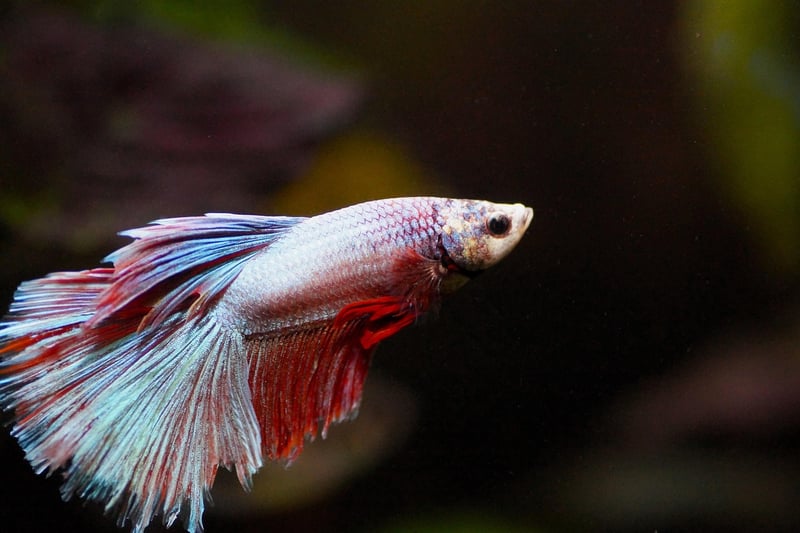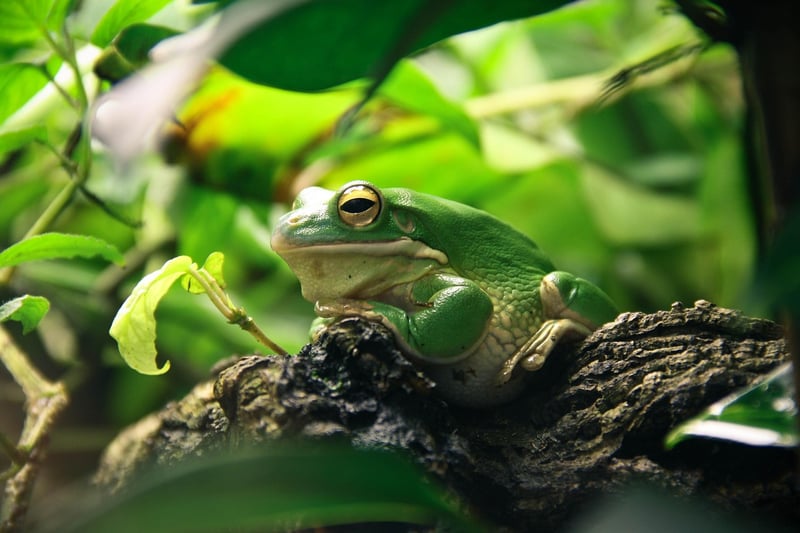Terrariums
Maximizing Small Spaces with Terrariums
Welcome to our guide on using terrariums to maximize small spaces! Whether you live in a cozy apartment, dorm room, or any compact area, terrariums are a fantastic way to bring a touch of nature indoors without taking up much space. Let's explore how you can incorporate these miniature gardens into your living or working environment.
What is a Terrarium?
A terrarium is a sealed or open glass container that houses small plants and sometimes other decorative elements like stones or figurines. These self-contained ecosystems require minimal maintenance and can thrive in various light conditions, making them perfect for indoor spaces with limited sunlight.
Types of Terrariums
There are two main types of terrariums:
- Open Terrariums: These terrariums have openings that allow for air circulation. They are suitable for plants that prefer drier conditions.
- Closed Terrariums: Closed terrariums are sealed environments that recycle moisture. They work well for plants that thrive in humid conditions.
Benefits of Terrariums in Small Spaces
- Space-Saving: Terrariums take up minimal space, making them ideal for small apartments, offices, or desks.
- Low Maintenance: These miniature gardens require little upkeep, perfect for busy individuals or those new to plant care.
- Aesthetic Appeal: Terrariums add a touch of greenery and beauty to any room, enhancing the overall ambiance.
- Air Purification: Plants in terrariums help improve indoor air quality by absorbing toxins and producing oxygen.
Getting Started with Terrariums
To create your own terrarium, you will need:
- Glass container
- Suitable plants (such as succulents, air plants, or moss)
- Soil or pebbles for drainage
- Activated charcoal (for closed terrariums)
- Decorative elements like stones or figurines (optional)
Once you have gathered your supplies, follow these basic steps to assemble your terrarium:
- Start with a layer of soil or pebbles for drainage.
- Add a thin layer of activated charcoal for closed terrariums to prevent mold.
- Plant your chosen greenery, arranging them as desired.
- Add any decorative elements to enhance the visual appeal.
- Place your terrarium in a well-lit area, avoiding direct sunlight.
- Water sparingly, as terrariums require minimal watering due to their closed environment.
Examples of Terrariums in Small Spaces
Check out these inspiring terrarium ideas for small spaces:

Whether displayed on a desk, shelf, or windowsill, terrariums can brighten up any corner of your home or office.
Conclusion
Terrariums offer a creative and practical solution for bringing greenery into small spaces. With their aesthetic appeal, low maintenance requirements, and air-purifying benefits, terrariums are a must-have for anyone looking to enhance their indoor environment. Start your terrarium project today and enjoy the beauty of nature in a compact and stylish way!
